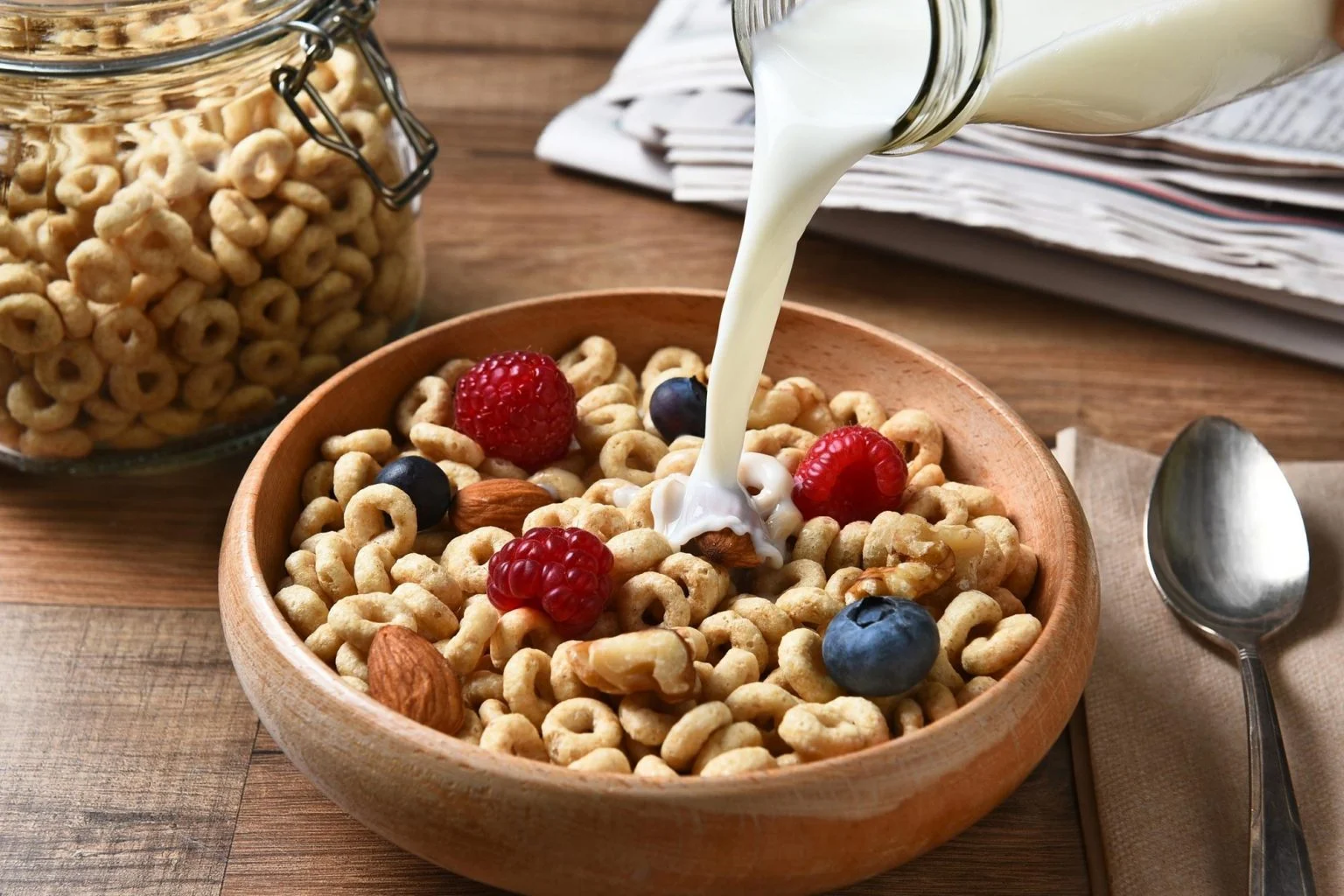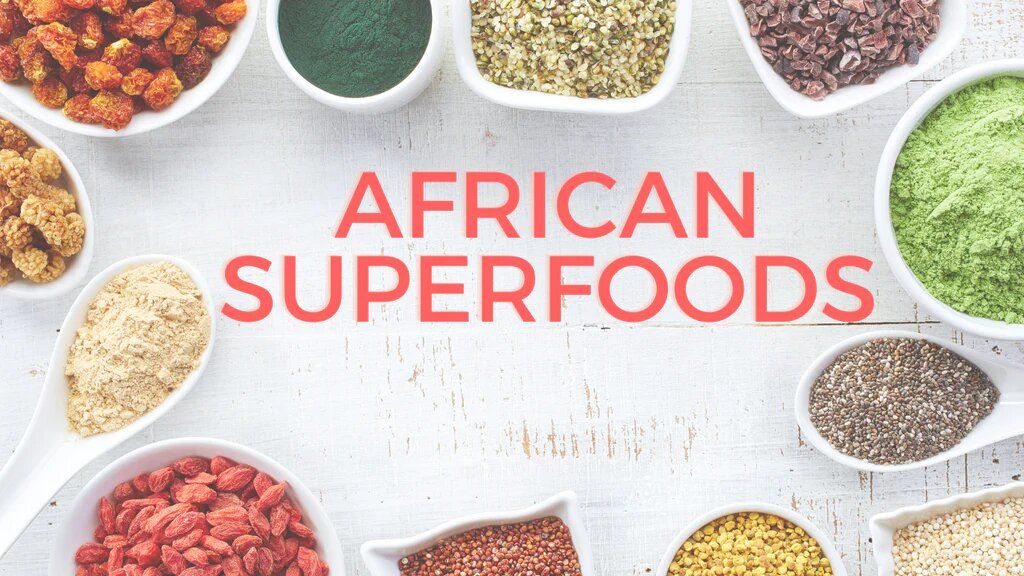Beyond the Bowl: Unleashing the Power of Cereal
Cereal: a pantry staple usually enjoyed with a splash of milk in the quiet hours of the morning. But what if we told you that this humble breakfast choice could be the secret ingredient to elevate your culinary game? From savory recipes that challenge the status quo to sweet treats that will have you rethinking dessert the versatility of cereal is bound only by the limits of your imagination. Here are some creative ways to unleash the full potential of cereal making it more than just a breakfast option but a versatile ingredient in your cooking arsenal.
1. Savory Suppers: Cereal as a Crunchy Coating
Forget the breadcrumbs; cereals can add a delightful crunch and unexpected flavor to your savory dishes. Crushed flakes seasoned with your favorite herbs make an excellent coating for chicken fish or vegetarian alternatives. This method not only infuses your meals with a unique taste but also adds a textural dimension that breadcrumbs often lack. Whether you're crafting a crispy chicken parmesan or a zesty baked fish cereal can transform your dish into a gourmet experience.
2. Sweet Sensations: Cereal in Desserts
Cereal isn't just for the early birds; it can also find its way into the heart of dessert lovers. Incorporating cereal into your desserts can add a delightful crunch and flavor that elevates the dish. Imagine a chocolate cake layered with a crunchy cereal-infused frosting or cookies dotted with your favorite cereal pieces. These sweet treats offer a comforting nostalgia while introducing a contemporary twist to your dessert repertoire.
3. Unexpected Uses: Cereal as Thickening Agent
One of the lesser-known uses of cereal is its ability to act as a thickening agent in soups and stews. When blended into a powder certain cereals can be used to thicken sauces soups and gravies without altering the taste significantly. This hack not only adds nutritional value to your dishes but also serves as a gluten-free alternative to traditional thickeners like flour.
4. Creative Hacks: Cereal Bars and Beyond
The versatility of cereal extends into the realm of snacks and on-the-go meals. Homemade cereal bars are a testament to the ingredient's flexibility allowing for countless variations that cater to every taste and dietary preference. Mix in nuts dried fruits seeds and a binding agent like honey or peanut butter and you have a nutritious snack that's perfect for busy mornings or midday slumps. The simplicity and adaptability of cereal bars make them a staple in any health-conscious kitchen.
5. Savory Recipes: Reinventing Breakfast Classics
Who says cereal has to stay within the confines of breakfast? By integrating cereal into savory breakfast dishes you can reinvent classics and introduce new flavors to your morning routine. Consider a savory cereal-infused breakfast casserole or using crushed cereal as a topping for your avocado toast. These innovative uses not only provide a nutritional boost but also add a crunchy texture that enhances the overall dish.
6. Cereal as a Salad Topper
Elevate your salad game by sprinkling crushed cereal on top for an added crunch. This simple hack not only enhances the texture of your salads but also introduces an element of surprise in every bite. Whether it's a hearty kale salad or a refreshing fruit salad the addition of cereal can transform your greens and fruits into a more satisfying meal.
7. Sweet Treats: Cereal-Infused Milkshakes
For a nostalgic throwback with a modern twist blend your favorite cereal into milkshakes for a sweet creamy treat that's bursting with flavor. The cereal not only thickens the shake but also infuses it with its distinctive taste making for a delightful dessert or indulgent snack. Top it off with whipped cream and a sprinkle of cereal for a visually appealing and deliciously layered experience.
8. Creative Hacks: Cereal as Pie Crust
Ditch the traditional pie crusts and opt for a cereal-based one to add a unique twist to your pies and cheesecakes. Crushed cereal mixed with melted butter forms a sturdy and flavorful base for your sweet fillings. This approach not only repurposes cereal in an inventive way but also introduces a delightful contrast of textures between the crunchy base and the smooth topping.
9. Versatile Ingredients: Cereal in Meatballs
Elevate your meatball game by incorporating crushed cereal into the mix. This substitute for breadcrumbs not only helps bind the meatballs together but also adds an extra layer of flavor and texture. Experiment with different cereals to find the perfect match for your recipe whether you're aiming for a subtle sweetness or a hearty crunch.
10. Unexpected Uses: Cereal in DIY Face Masks
Beyond the kitchen cereal can find its way into your self-care routine. Finely ground cereal particularly those rich in vitamins and minerals can be used as a base for DIY face masks. Mixed with ingredients like honey and yogurt cereal-based face masks can offer gentle exfoliation and nourishment for the skin showcasing the ingredient's versatility beyond culinary uses.
Cereal Flakes Preparation

A standard recipe involves mixing 100 pounds of grains with 6 to 12 pounds of sugar 2 pounds each of malt syrup and salt and adding water to reach a moisture content of 28-32% after cooking. The ideal moisture level is crucial: too high and the cereal loses its crunch; too low and it becomes prone to breaking. The cooking duration depends on the type of grain: corn requires roughly 120 minutes rice 60 minutes and wheat about 35 minutes.
Production of Gun-Puffed Whole Grains
This method entails cooking the grain and then quickly reducing the surrounding pressure causing steam to escape from the grain as internal pressure seeks to balance with the lower external pressure. Only rice wheat and non-whole-grain corn are suitable for gun-puffing. The process can utilize one or more puffing guns with temperatures maintained above 400 degrees Fahrenheit. To keep puffed cereals crisp a sugary coating is typically applied.
Manufacturing of Extruded Gun-Puffed Cereals
Flour serves as the base ingredient in this process. The flour is cooked within an extruder before the dough is shaped and set much like forming pasta. Incorporating modified food starches such as those from tapioca or potato enhances expansion and helps form a surface film all while maintaining low fat levels. Compared to other cereal types extruded varieties exhibit less browning.
Shredded Whole Grains
Shredded whole grains involve a meticulous process where the grain after being cooked and cooled is left to temper for nearly a day. This crucial step ensures the grains attain the perfect moisture level and texture for shredding. The actual shredding occurs when the tempered grains are pressed between rollers—one smooth and the other grooved—to create thin shreds. A specialized comb then separates these shreds as they emerge from the grooves resulting in a distinctive fibrous cereal. Shredded Wheat is a prime example of this category offering a hearty nutritious breakfast option that highlights the simplicity and nutritional value of whole grains.
Extruded and Other Shredded Cereals
This category represents a hybrid approach combining the techniques of extrusion and shredding to produce a unique cereal type. In this process the grains are first extruded which involves cooking them under high pressure and temperature before shaping them. Then these extruded grains undergo a shredding process similar to that used for shredded whole grains creating a texture that is both crunchy and satisfying. The Life cereal exemplifies this approach offering a taste and texture that appeals to a wide range of consumers looking for a nutritious start to their day with the added complexity of a blended manufacturing process.
Oven-Puffed Cereals
Oven-puffed cereals require a specialized cooking method where grains such as rice or corn are exposed to extremely high temperatures ranging from 550 to 650 degrees Fahrenheit. This intense heat causes the moisture within the grains to vaporize rapidly puffing them up and creating a light airy texture. This process not only imparts a unique crunch but also allows for a distinctive toasty flavor to develop. Rice Krispies are a classic example of oven-puffed cereals beloved for their crispy texture and iconic snap crackle and pop sounds that have become synonymous with a fun and engaging breakfast experience.
Extruded Expanded Cereals
Following a similar methodology to the standard extrusion process extruded expanded cereals further amplify the volume and lightness of the cereal through the use of high temperatures and pressures. During extrusion the dough made from cereal flour is forced through a die shaping the cereal while cooking it. The expansion occurs as the cereal exits the extruder resulting in a light airy texture. Cap’n Crunch is a notable example within this category known for its sweet taste and distinctive crunchy texture that has made it a favorite among cereal lovers for generations.

Granola Cereals
Granola cereals blend grains sweeteners fruits nuts and various additives into a mix that is then baked at temperatures ranging from 300 to 425 degrees Fahrenheit. This baking process caramelizes the sweeteners toasting the grains and nuts to a golden brown while drying the mixture to achieve a moisture content of around 3%. The result is a crunchy flavorful cereal that offers a rich combination of textures and tastes making it a versatile and satisfying option for breakfast or snacks. Granola's appeal lies in its nutritional value coupled with its delicious crunchy texture and the endless variety of flavor combinations possible through different mix-ins.
Understanding Cereal's Significance
- Exemplar of American Marketing Skills: The cereal aisle is a live showcase of America’s prowess in advertising.
- Pioneer in Marketing and Convenience Culture: Cereal introduced us to the power of marketing and our craving for quick fixes. It replaced traditional time-consuming breakfasts with a swift effortless meal solution.
Cereal Consumption Statistics:
- Annually Americans purchase roughly 2.7 billion cereal boxes generating around $10 billion in sales. This ranks cereal as the third most purchased item in supermarkets following beverages and bread.
- The average American's consumption of cold cereals surged from 4.4 pounds in 1939 to 14.3 pounds in 1997. For context France’s consumption is about 1.8 pounds while Canada’s is around 9 pounds.
- The United States trails only behind England Ireland and Australia in cereal consumption.
Market Dominance and Preferences:
- Kellogg’s General Mills and Post control 73% of the cereal market.
- The most favored cereals are Cheerios Special K and Honey Bunches of Oats with around 20 new varieties introduced annually.
Misconceptions and Marketing to Children:
- Despite the common belief in their health benefits cereals aimed at children often contain higher levels of sugar and salt than adult versions.
- Cereal companies invest millions in marketing directly to children often outpacing advertisements for candy snacks and fast food during children's programming.
- Children aged 8 to 12 are exposed to approximately three cereal commercials daily totaling around 1095 per year explaining why they may become overly excited in the cereal aisle.
Conclusion
Cereal transcends the confines of the breakfast table asserting itself as a powerhouse ingredient in both the culinary and wellness spheres. Its adaptability and wide-ranging applications offer an exciting avenue for creativity inviting cooks and health enthusiasts alike to explore its potential beyond the morning bowl. From transforming savory dishes with a crunchy twist to sweetening desserts thickening soups or even enhancing skincare routines cereal proves to be an unexpectedly versatile staple.
The exploration into the unexpected uses and creative hacks of cereal underscores the importance of looking at everyday ingredients with curiosity and imagination. As we've seen something as simple as cereal can revolutionize the way we think about food and self-care providing an affordable and accessible option for elevating meals snacks and even beauty regimens.






